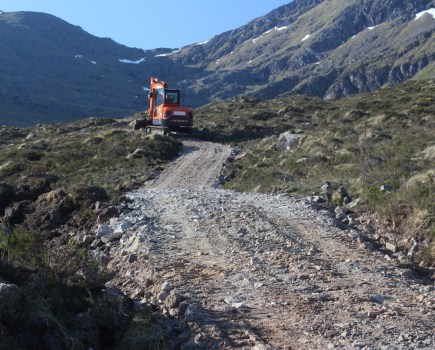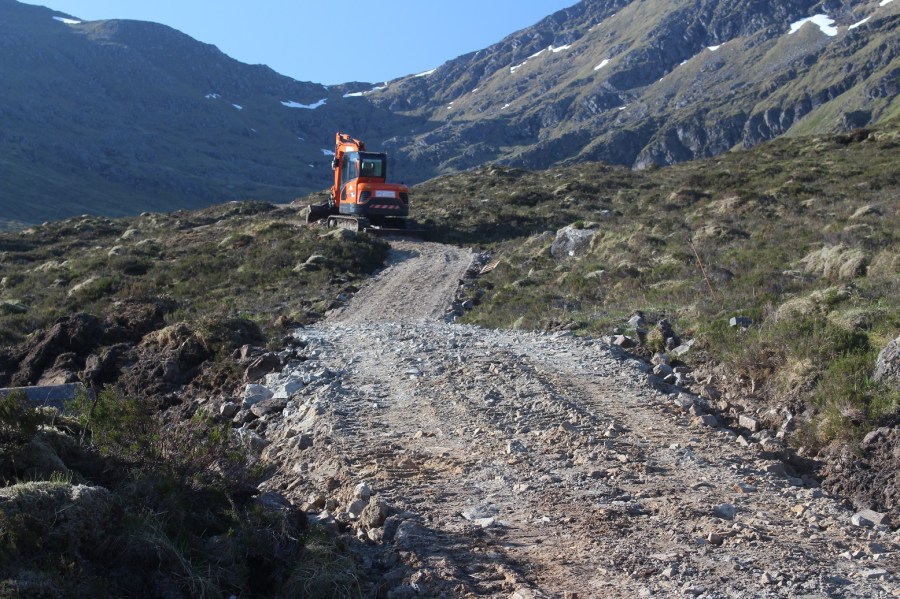
The proliferation of damaging vehicle tracks through Scotland’s most iconic landscapes is ‘out of control’ and stronger laws are needed to prevent them from spreading, according to a new report.
Scottish Environment LINK Hilltracks sub-group has today (September 18) published its Changing Tracks report – following three years of gathering evidence into whether planning legislation is effectively managing the development of the highly-visible tracks.
The group, a coalition of nine leading Scottish environmental organisations, argues that the proliferation of controversial upland tracks is ‘out of control’ and is calling for permitted development rights for ‘agricultural’ tracks to be withdrawn as part of the new Planning Bill now being considered at Holyrood.
Currently, no planning permission is required if tracks are claimed to be for agricultural purposes. But the report finds evidence that many are built to support field sports, such as deer stalking and grouse shooting – which aren’t classed as agriculture.
Helen Todd, co-convenor of LINK Hilltracks group and Ramblers Scotland’s campaigns and policy manager, said: “This major new report makes a compelling case for removing permitted development rights for agricultural tracks – to improve local democracy and help safeguard our most precious landscapes for future generations.
“For too long, landowners have been able to expand tracks further and further into wild landscapes with limited oversight from the public or authorities. Right now we’ve a golden opportunity to tackle this damaging activity, with MSPs considering an amendment that would require full planning permission for any new tracks on land that’s used for field sports.”
Beryl Leatherland, co-convener of the group and also convener of the Scottish Wild Land Group added: “The report finds that the current process is confusing, undemocratic and failing to prevent ongoing environmental damage – including within National Parks, Wild Land Areas and Sites of Special Scientific Interest.”
The report also finds that:
- Tracks have continued to creep further into wilder landscapes
- Permitted development rights can lead to badly-sited and designed tracks, with poor construction techniques, causing a range of adverse environmental impacts
- Some vehicle tracks have been built over the top of existing narrow, low-impact trails, including important historical routes and traditional stalkers’ paths.
- Members of the public have little chance to engage with the planning process, despite this being a key focus area for the Scottish Government.
Helen Todd said: “We’re urgently calling on all lovers of Scotland’s outdoors to use the online form to ask their MSPs, to help change the law to protect our countryside from these ugly, damaging tracks.”
To complete the online form, visit ramblers.org.uk/scotland. For more information, visit www.scotlink.org or www.ramblers.org.uk/scotland.







